Different Uses For Kale – How To Use Kale Plants Post Harvest
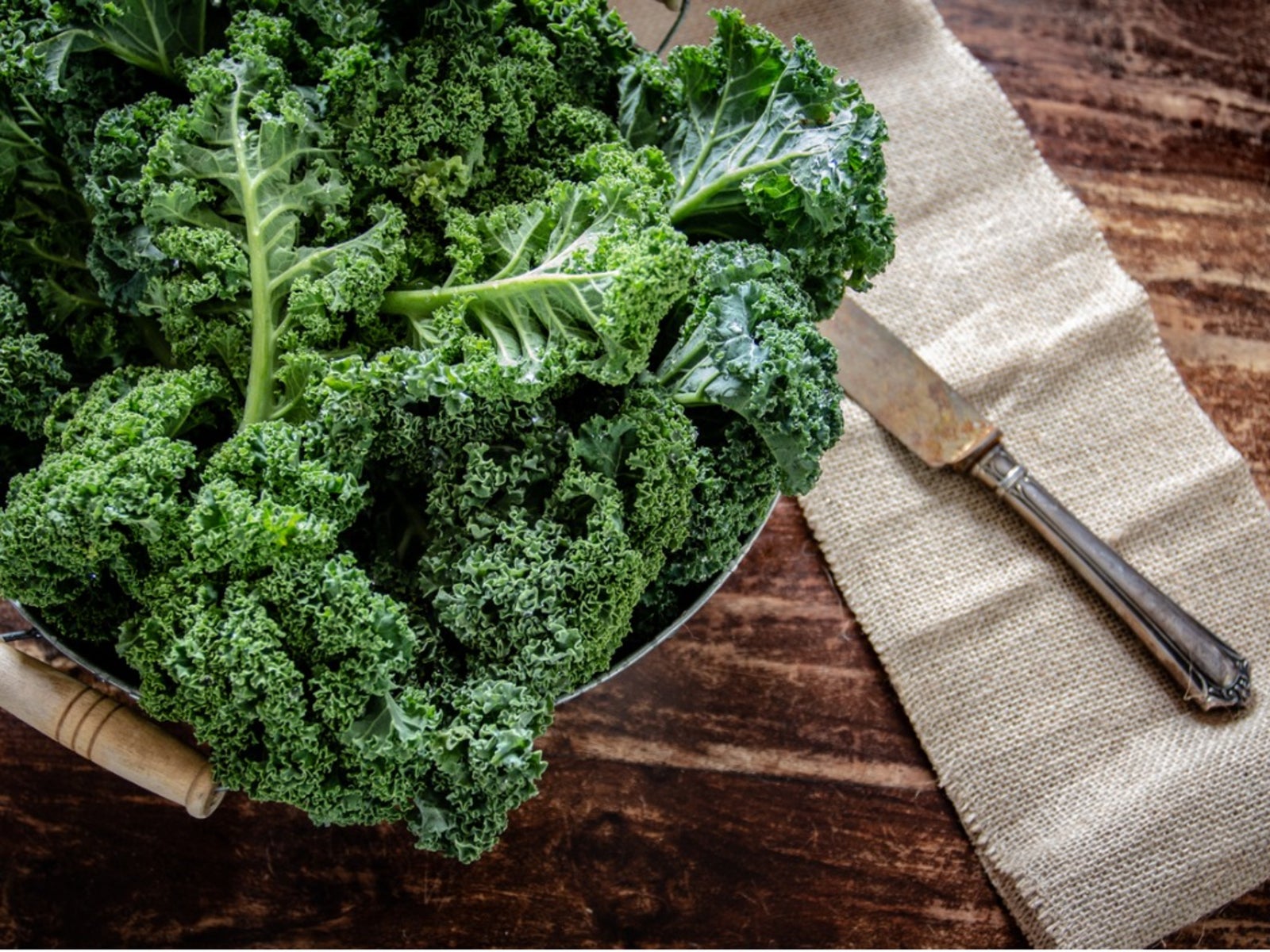

During the 1970's, salad bars were a popular feature at many mid-priced restaurants. Oddly, one of the most nutritious veggies in the world was an integral part of many salad bars, but not as a salad offering. We're talking about kale, of course. This super food found its way atop many salad bars as a garnish, surrounding the bowls of lettuce, salad toppings, and dressings. Thankfully, in today's world we've discovered much better uses for kale.
Kale Uses and Benefits
Have you wondered what to do with kale that's growing in your garden? Kale is chocked full of vitamins, minerals, and antioxidants. There is no doubt health-conscientious gardeners are growing this leafy green as a means to improve their diets. Yet, growing kale and using kale are two different undertakings. So, let's explore how to use kale in the kitchen:
Kale chips– This healthy alternative to potato chips is simply addictive. With a little olive oil, salt, and a hot oven you've got a munchy, crunchy, after-school snack for the kids or for binge-watching your favorite streaming service.
Salads– Certainly the most traditional use of leafy greens is in salads. Due to its tough texture and bitter flavor, pick younger leaves and cut them into fine strips or lightly blanch older kale leaves in boiling water for one minute. Kale is a popular ingredient in salad kits, but you can easily create your own specialty salad for much less.
Soup– Add chopped kale to your favorite vegetable, potato, or bean soup recipe. Kale leaves remain sturdy yet have a tender and bitter-free flavor when added to soups and stews.
Side dishes– Garden veggies are an excellent accompaniment for traditional meat and potato meals. Boil, braise, steam, microwave, roast, or stir-fry chopped kale by itself or with other garden veggies for a nutritious and delicious side dish.
Smoothies– The ultimate in nutritious beverages, smoothies made with kale have become increasingly popular. Compliment the pungency of kale with sweet fruits like pear, mango, pineapple, and banana.
Gardening tips, videos, info and more delivered right to your inbox!
Sign up for the Gardening Know How newsletter today and receive a free copy of our e-book "How to Grow Delicious Tomatoes".
Additional Uses for Kale
Are you still at a loss for ways to use that bumper crop of garden kale? Try using kale leaves as a sandwich wrap or place under fish and chicken during the cooking process. Kale can also be chopped or minced and used in the following dishes:
- Pizza (topping)
- Breakfast casserole or quiche
- Stuffing
- Caesar salad
- Spinach dip
- Hamburger patties or meatloaf
- Pesto
- Tamales and tacos
- Hash
- Pasta
Traditional Dishes Using Kale
Wild kale originated in the eastern Mediterranean area with domestic varieties being cultivated as a food for at least 4,000 years. With such a rich history, it's no wonder kale has been used in many traditional dishes. You may want to try your hand at some of these International classics:
- Grünkohl mit Mettwurst (German cabbage and pork)
- Grünkohl und pinkel (German kale and sausage)
- Boerenkoolstamppot (Dutch mashed potatoes with kale and sausage)
- Colcannon (Irish mashed potatoes and kale)

Laura Miller has been gardening all her life. Holding a degree in Biology, Nutrition, and Agriculture, Laura's area of expertise is vegetables, herbs, and all things edible. She lives in Ohio.
-
 Looking For Plants To Give You The Soft And Fuzzies? Try These 5 Fuzzy Leaf Plant Options
Looking For Plants To Give You The Soft And Fuzzies? Try These 5 Fuzzy Leaf Plant OptionsLovers of texture, drama, silver foliage and tactile plants will adore these special sensory garden additions. These fuzzy leaf plant options will leave you all aglow
By Susan Albert
-
 Get Ready For A Summer Of Hummers! Grow These Full Sun Hummingbird Plants and Flowers
Get Ready For A Summer Of Hummers! Grow These Full Sun Hummingbird Plants and FlowersIf you’re lucky enough to enjoy a sunny backyard, make sure you are maxing out on your pollinator opportunities and grow these full sun hummingbird plants and flowers
By Tonya Barnett
-
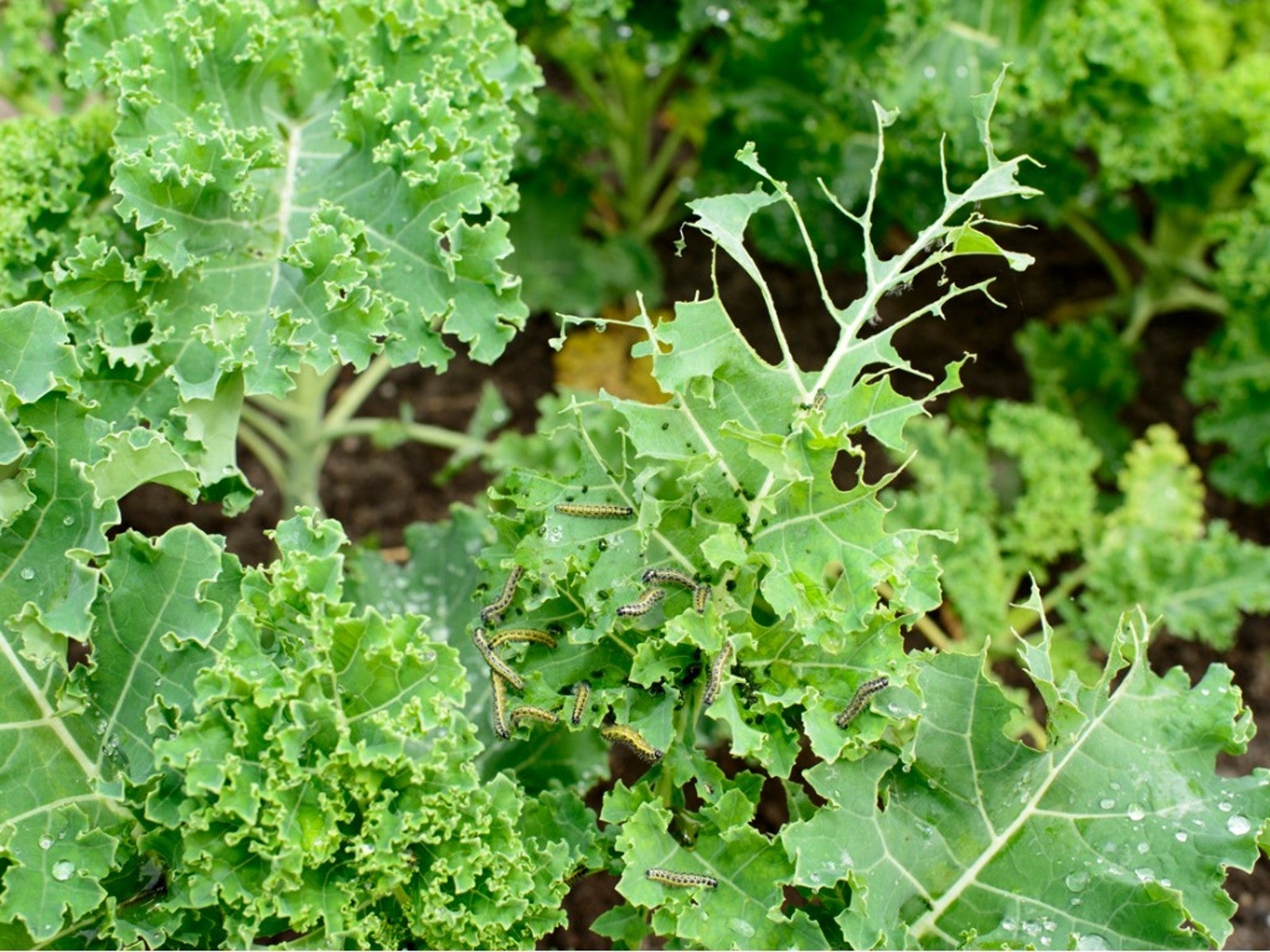 Kale Pests And Diseases That Plague Fall Gardens
Kale Pests And Diseases That Plague Fall GardensLearn how to recognize and eliminate the diseases and pests that attack your yummy kale plants.
By Laura Miller
-
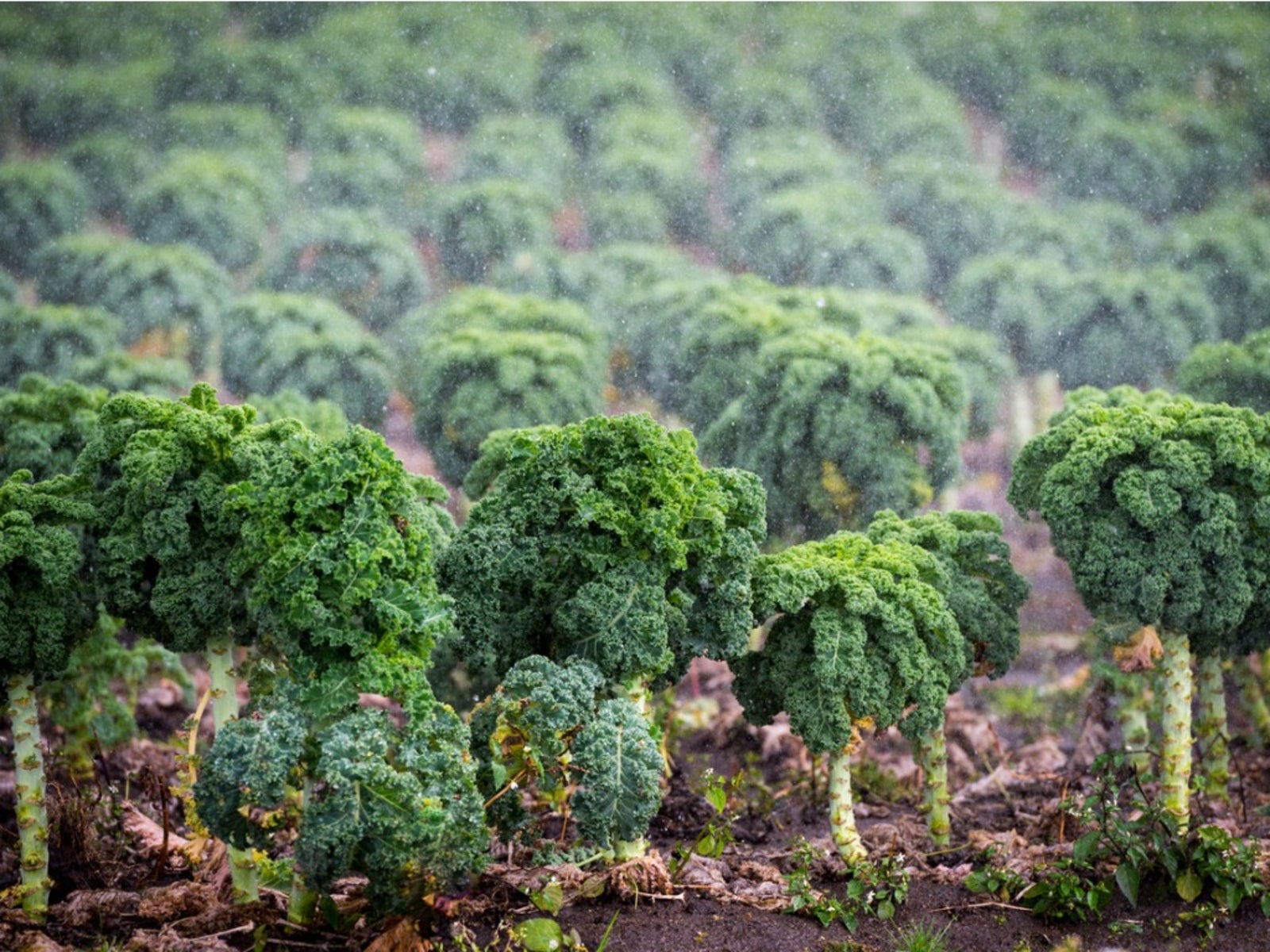 My Kale Is Bolting: How To Stop Kale Bolting
My Kale Is Bolting: How To Stop Kale BoltingYou walk to your garden one fine summer day only to find your kale is bolting. Although this can be frustrating, you can learn how to stop it from happening again.
By Laura Miller
-
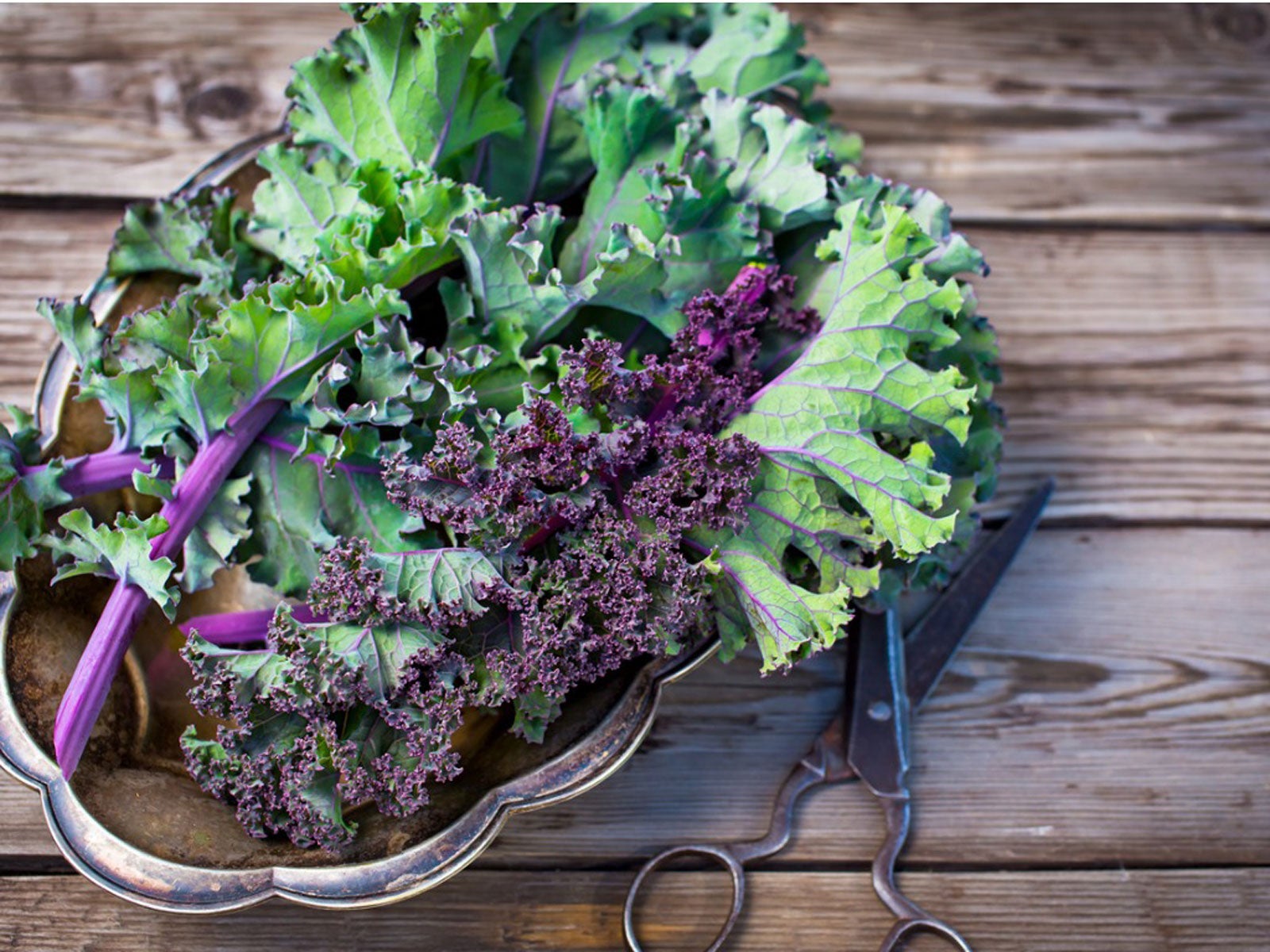 Prickly Kale Leaves – Does Kale Have Thorns
Prickly Kale Leaves – Does Kale Have ThornsDoes kale have thorns? Most gardeners would say no, yet this question is occasionally asked. Click here to explore reasons kale is prickly.
By Laura Miller
-
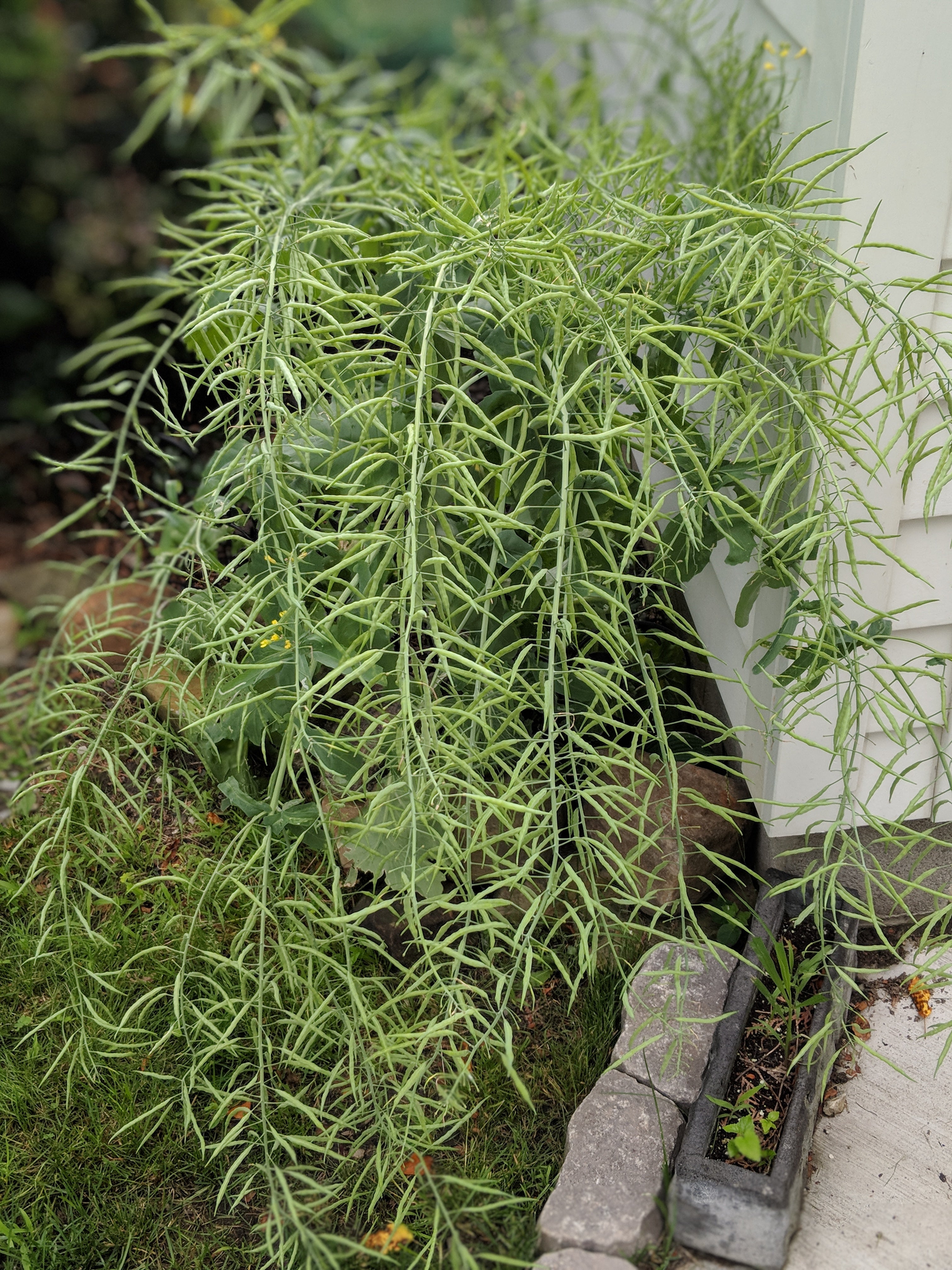 Saving Kale Seeds – Learn How To Harvest Kale Seeds
Saving Kale Seeds – Learn How To Harvest Kale SeedsNoted for its use in the kitchen, kale is an easy-to-grow leafy green that thrives in cooler temperatures. Unlike many common garden vegetables, kale plants are actually biennials. In this article, we will discuss how to harvest kale seeds so you can plant another crop.
By Tonya Barnett
-
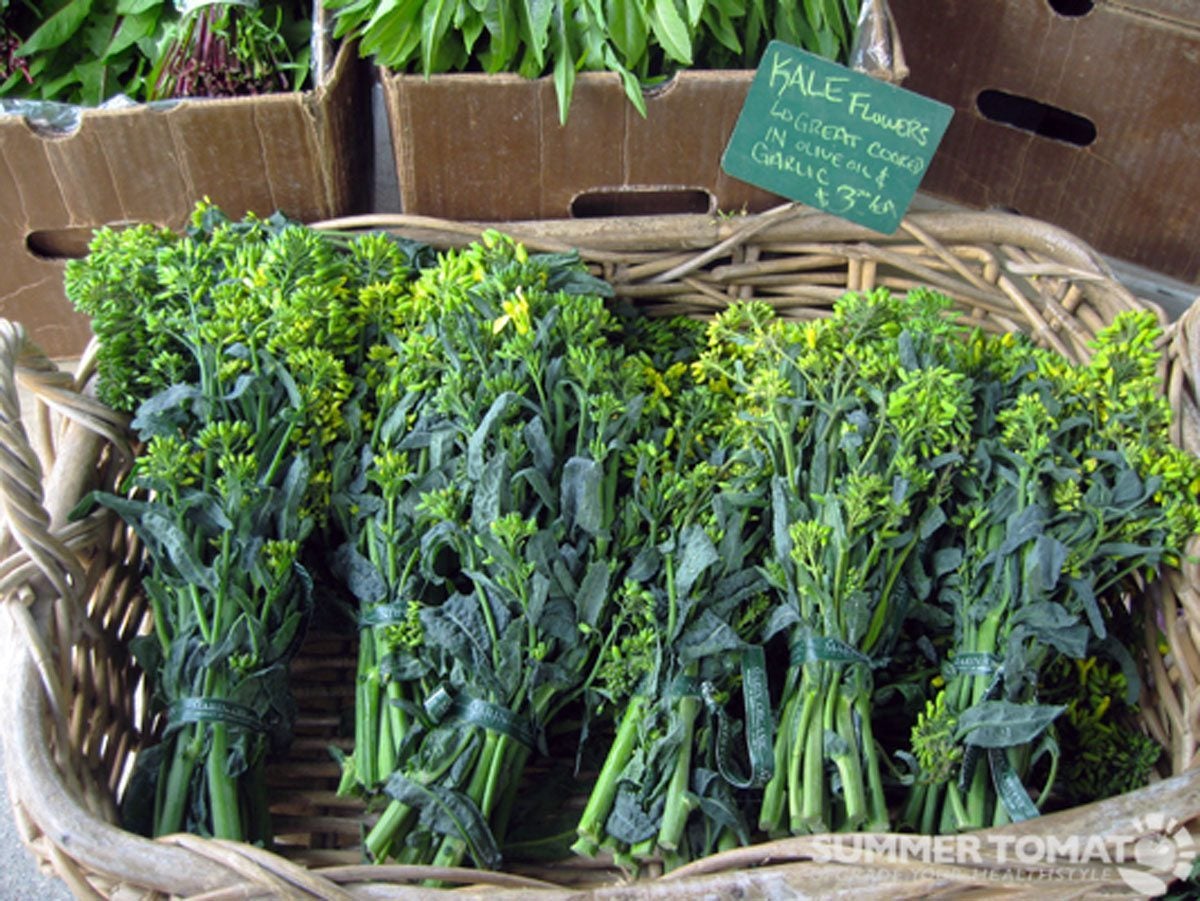 Kale Rabe Information: How To Grow Napini Kale In The Garden
Kale Rabe Information: How To Grow Napini Kale In The GardenWhat's napini? Napini is sometimes called kale rabe so you can see where this is starting to get confusing. Don't worry, the following kale rabe information will straighten it all out, plus tell you how to grow your own napini kale and its uses.
By Amy Grant
-
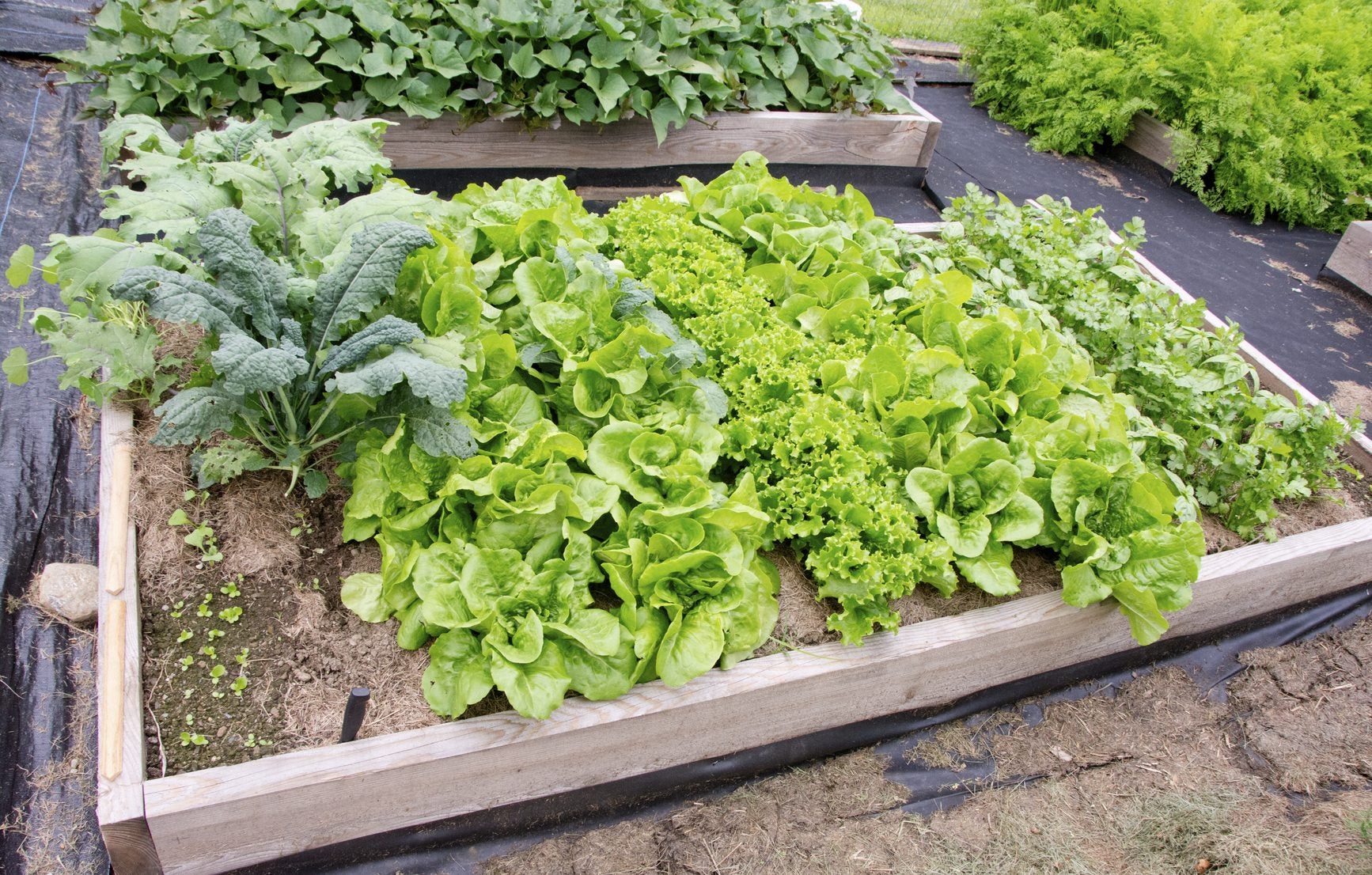 Kale Companion Plants: Learn About Plants That Grow Well With Kale
Kale Companion Plants: Learn About Plants That Grow Well With KaleKale is a cool weather green with ruffled leaves. Many plants grow well with kale - receiving and giving benefits to each other. So what are the best companion plants for kale? Find out about kale companion planting in this article.
By Amy Grant
-
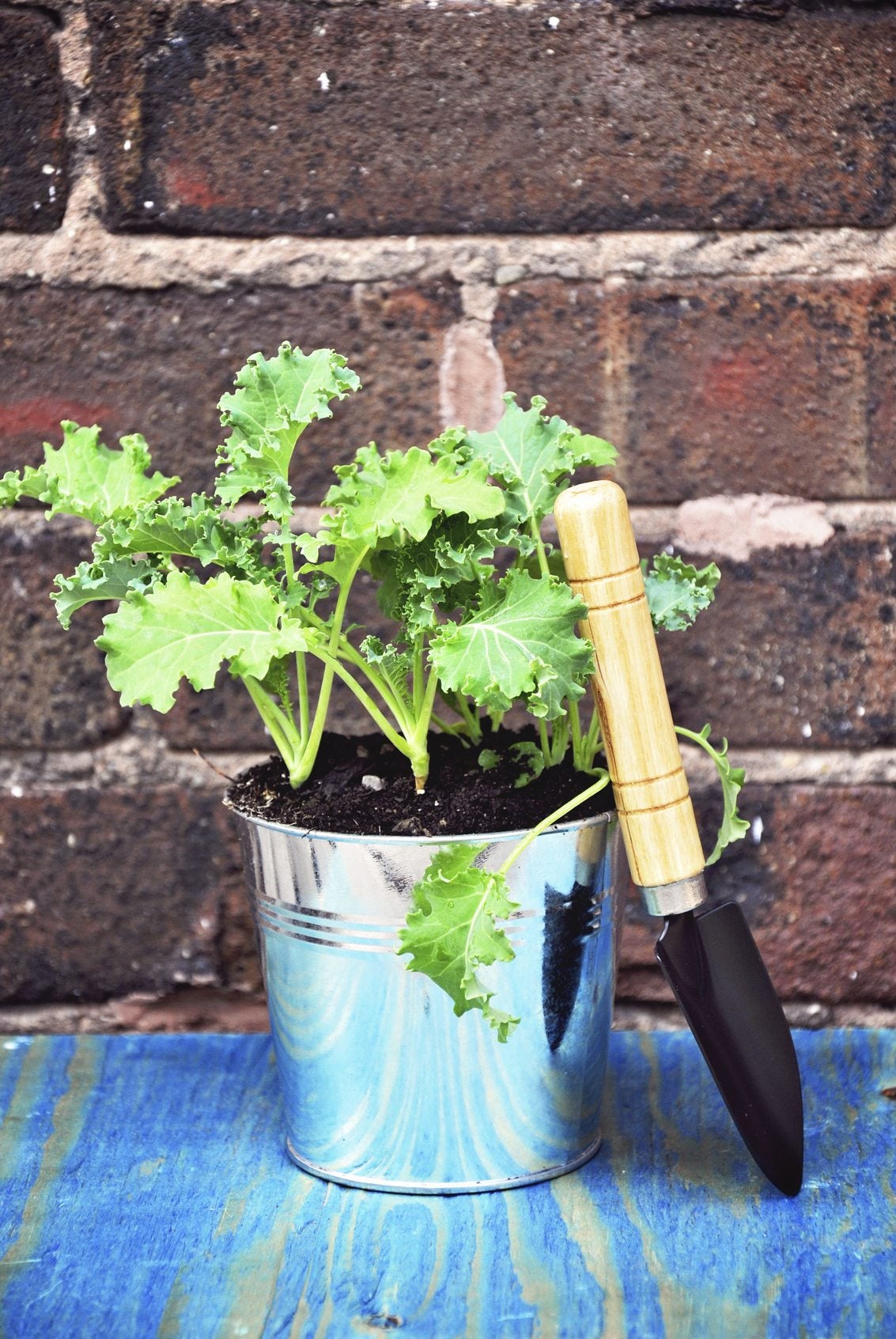 Will Kale Grow In Containers: Tips On Growing Kale In Pots
Will Kale Grow In Containers: Tips On Growing Kale In PotsYou might be wondering about growing your own kale but perhaps you lack garden space. What about container-grown kale? Will kale grow in containers? Click here to find out how to grow kale in containers and other information on potted kale plants.
By Amy Grant
-
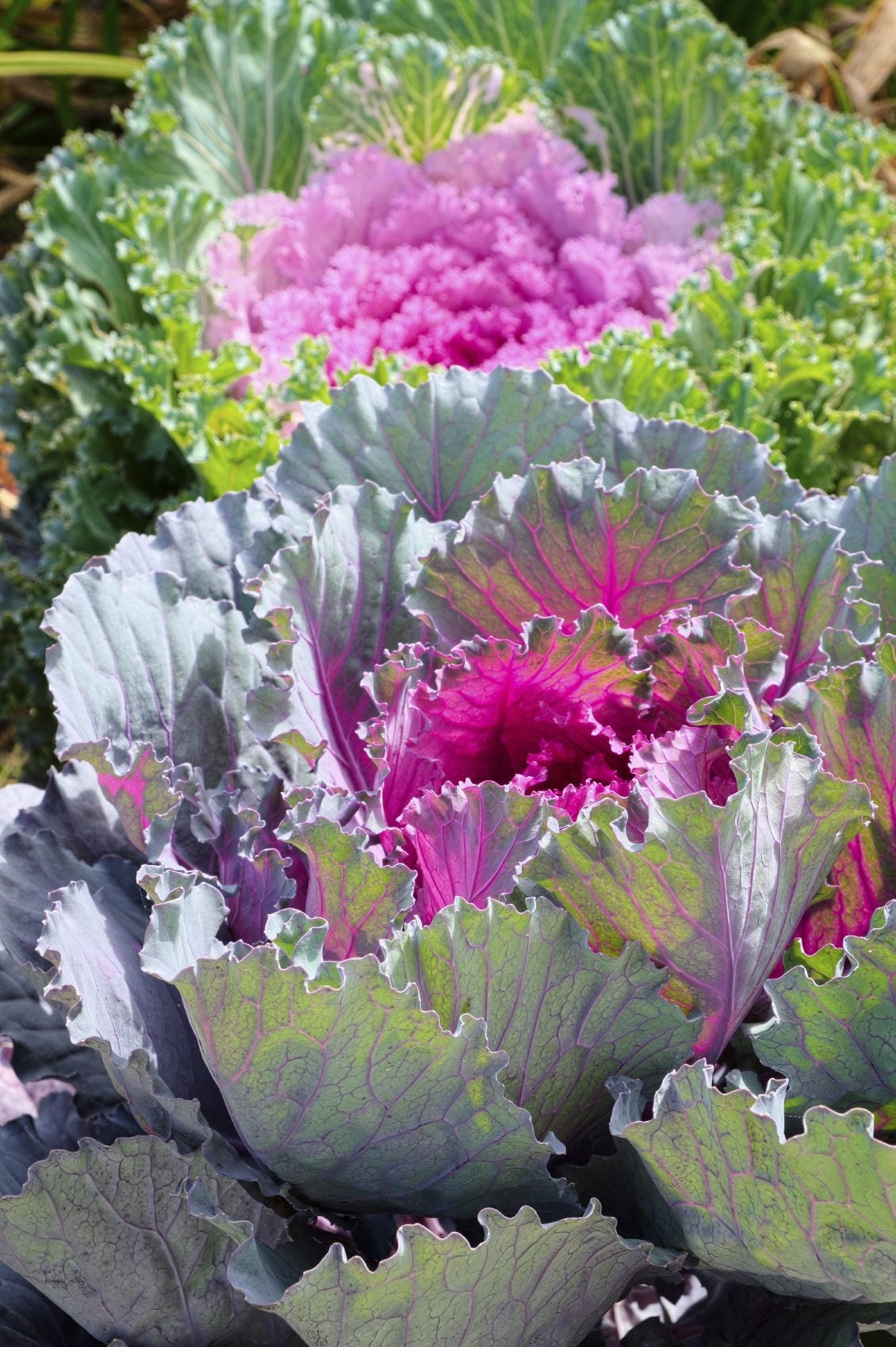 Growing Flowering Kale Plants: Information About Flowering Kale Care
Growing Flowering Kale Plants: Information About Flowering Kale CareTry some ornamental kale plants for a showy bright spot in the cold seasons. They're easy to care for and add color on those cloudy days.
By Marlie Graves